A huge exhibition has opened at the Saatchi Gallery that looks at human’s impact on themselves as well as on the planet as both social creatures and creators and builders of the world we live in.
The exhibition, which fills much of the voluminous Saatchi Gallery, snaking around rooms and up floors is broken down into zones that focus on specific genres of civilisation.
Featuring many previously unseen images, this exhibition acknowledges the diverse material and spiritual cultures that make up global “civilization” today. Exploring a wide range of subjects, from our great collective achievements to our ruinous collective failings, the exhibition highlights the complexity and contradictions of contemporary civilization.
The exhibition is conceived as a journey through eight thematic chapters:
- HIVE: where we live
- ALONE TOGETHER: how we relate to one another
- FLOW: how we move our bodies and goods
- PERSUASION: the power of influence
- ESCAPE: how we relax
- CONTROL: maintaining order and discipline
- RUPTURE: breakdown and disorder
- NEXT: new worlds on the horizon
Within the themes, contrasts fill the galleries with often opposing views sitting side by side, often showing the differences between cities, dense or thinly spread out heavily controlled or sprawling messes.
A set of seemingly ordinary hotel rooms are clustered together to point out how corporate culture is infesting the world, where the view from the window can change, but the space controlled by the hotel is the same all over the world.
A view of Hong Kong’s famously tiny rooms that some people are crammed into is given a new perspective looking from the ceiling down and the long towers of possessions crammed into the space amplifies the claustrophobic appearance of the space.
From the small rooms, the exhibition ranges to the gigantic, with vast empty underground reservoirs to massive oil refineries and even a giant bowl in a forest — a radio telescope. The exhibition ranges from looking at the social lives of small communities to the vast infrastructure needed to join communities over long distances.
London is here with an overhead view of Oxford Circus which is at once instantly recognisable but also seems odd as the familiar red buses are reduced to white rectangles, although they’ve renamed Oxford Circus as Oxford Circle in the caption.
Talking of circles, the FIFA executive committee room looks as it’s described — a bunker room worthy of Dr Strangelove. Does it really need to be three floors below ground?
One of the more striking images, of a huge oil refinery with an equally massive US flag on the side not only reminds us of the peculiar US obsession with plastering giant flags on buildings but read the caption… the refinery is owned by BP — the US flag is on a British factory.
There is an effect in showing the photographs enlarged in this way in that we’re increasingly used to seeing photographs the size of a smartphone screen that we hold in our hands. Here they’re not just so much larger but also sharper and clearer with the smartphone screen detritus stripped away — it’s almost akin to seeing a whole new art form come into existence. Just one that’s been around for well over a century as well.
Closer in, a newspaper reporting room is emptied in a timelapse, while people’s faces are pressed up against the windows of packed commuter trains. A dose of nostalgia comes from the aerial photo of the London 2012 stadium being prepared for the opening night ceremony, while the injured soldier being evacuated by helicopter causes conflicting emotions of the pain the soldier must be in and yet admiration for the photographer who delivers an image of a medical emergency that’s closer to a Dutch master painting.
The exhibition is such a broad swathe of humanity and human impact on the planet that it’s just a bit too big to fit into a single description. Just wander around admiring the views which maybe we had become a bit too relaxed about on small screens and widely available satellite views, but blown up to detail and size you rarely see these days.
There are over 350 photographs from 150 photographers in the Civilization exhibition, which is open at the Saatchi Gallery until mid-September.
Adults: £16 | Concessions / Children (6-16): £10 | Members / Children (<6): Free
Tickets can be bought from here.
Exhibition Rating
Saatchi Gallery
Duke of York's HQ, King's Road, London
SW3 4RY

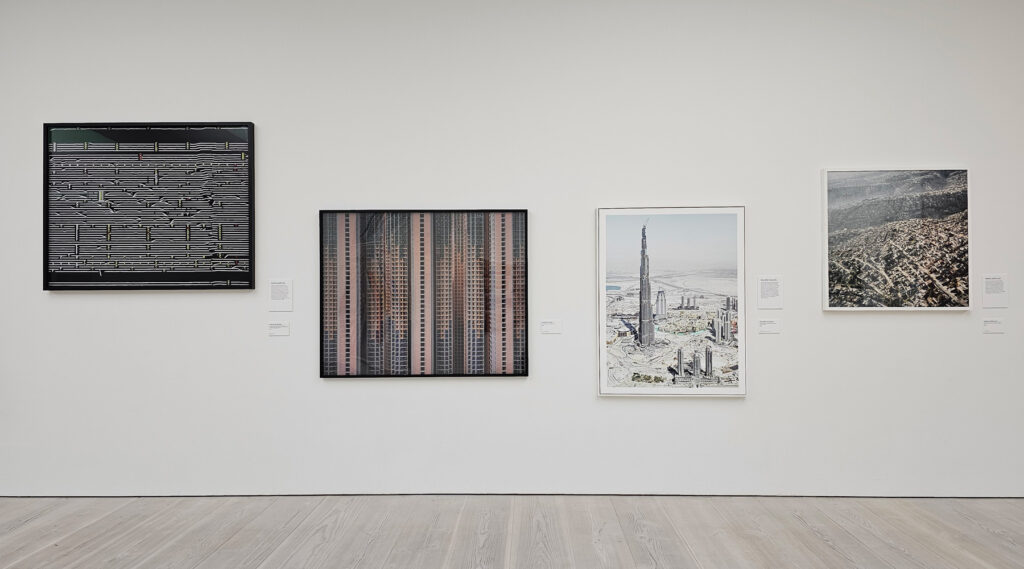
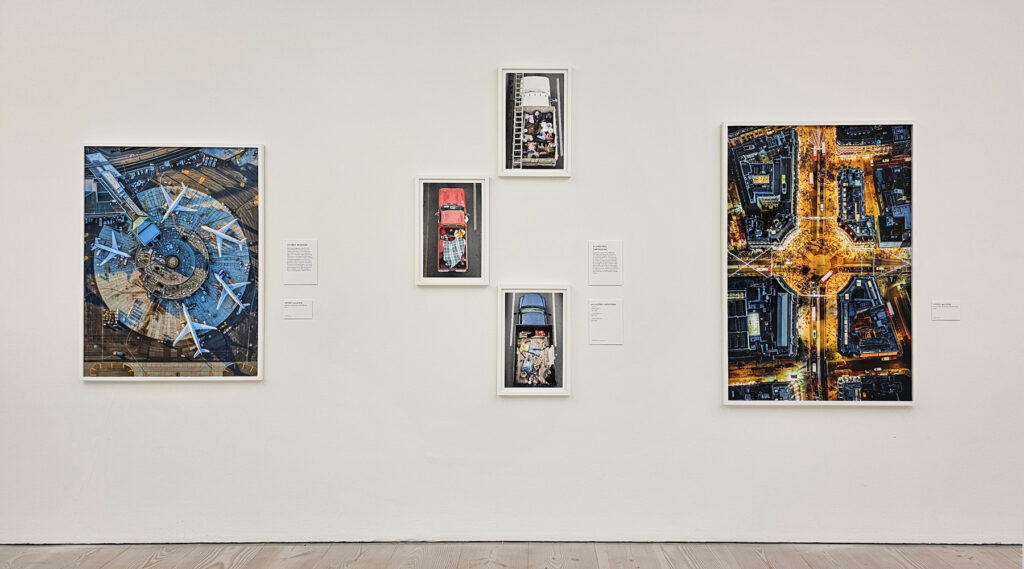
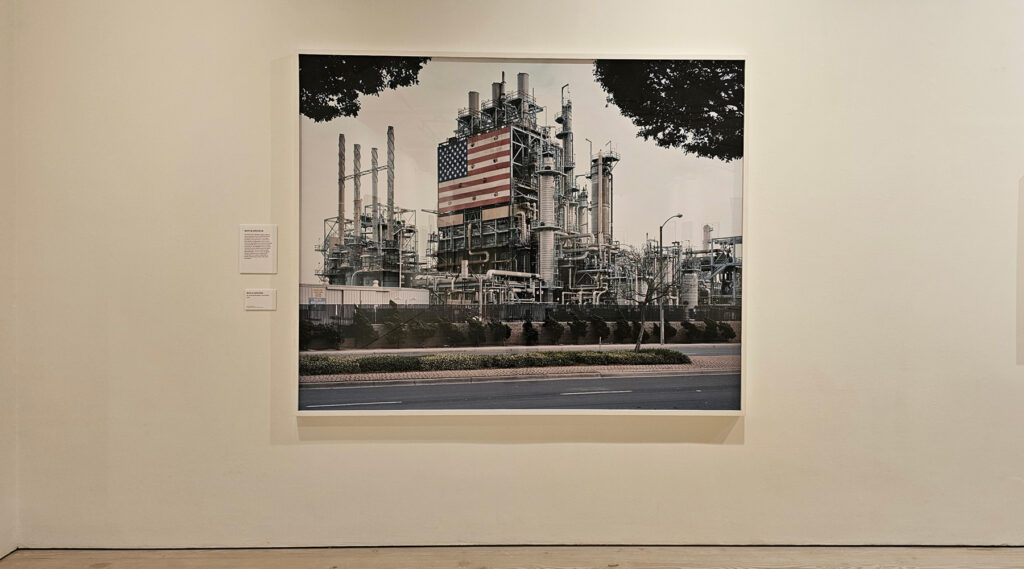
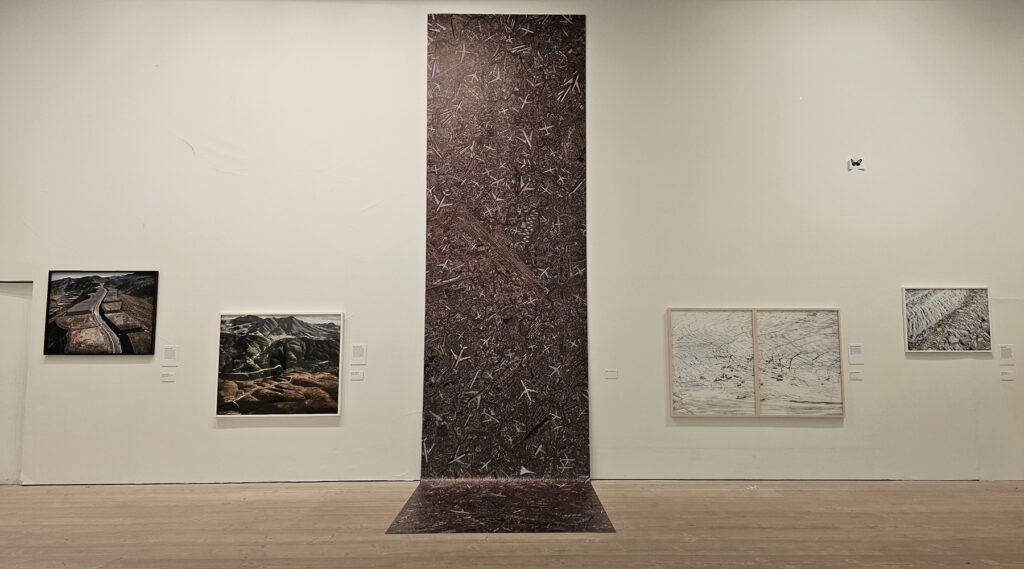
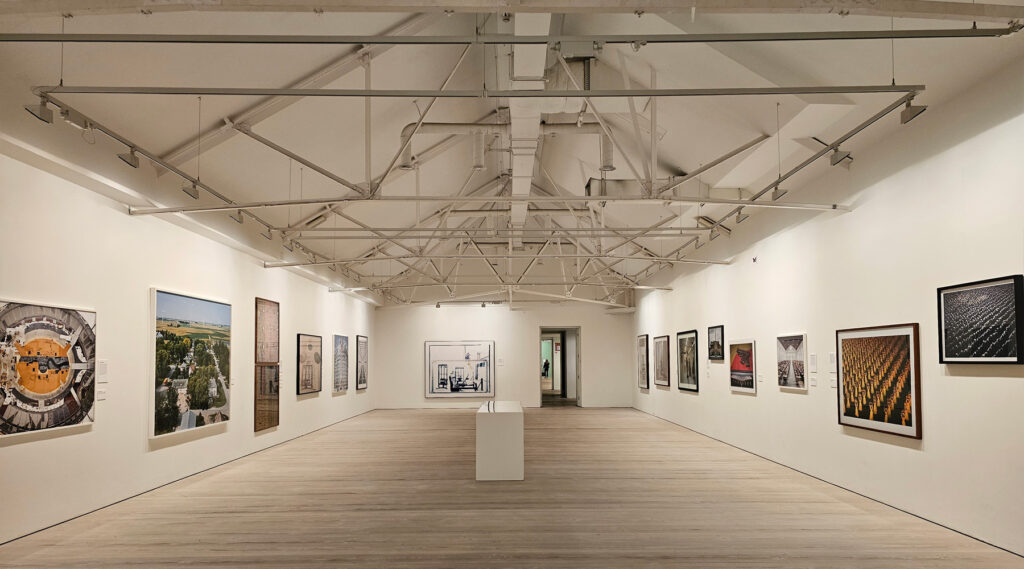






Leave a Reply